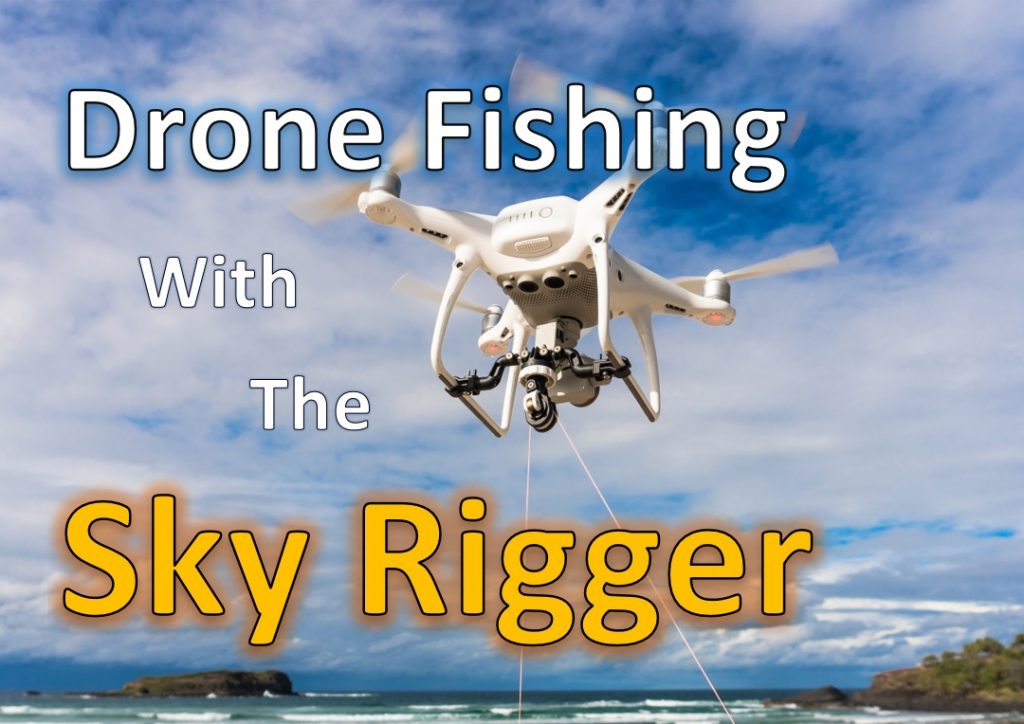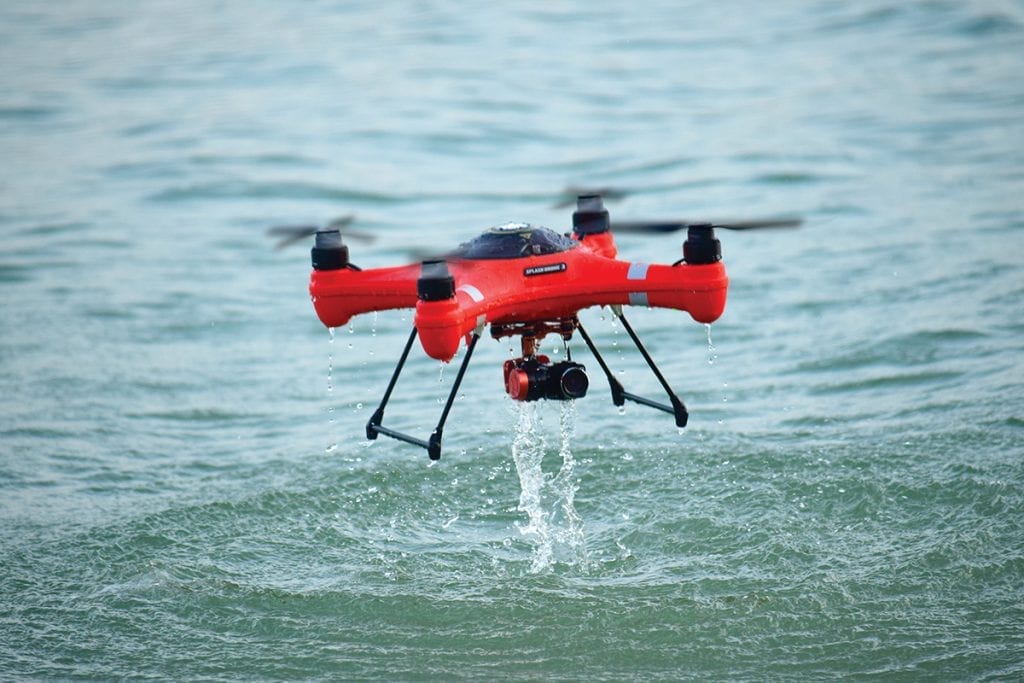
If you are thinking of using a drone to catch fish, it is worth learning more about the regulations. You can also view instructional videos on how you can fly a drone to catch a fish. Read our article about drone ethics if you have any questions. Here, we'll go over a few of the ethical concerns that surround the use of drones for fishing. Don't forget our guide to drone fishing gear.
Regulations regarding drone fishing
It is possible to wonder what regulations apply when you are watching a YouTube video of a drone fishing for fish. Although there are many reasons you should follow local laws in your area, safety is the main concern. For both the safety of your fish and for your own, it is important to comply with the laws. We'll be discussing the most important regulations in this article and how to ensure that you are following them. Also, don't forget about the International Game Fish Association Rules.
Drones cannot fly over public areas such as sporting events or stadiums. They are not allowed to carry weapons or operate within half a mile from sporting events. Drone operators must always be able to see their aerial equipment. Additionally, drones are not allowed to fly above people, stadiums, and critical infrastructure. If you have any questions about how a drone can be used to fish, please consult your local law enforcement agency.

While many states have adopted laws governing the use of drones, some states have yet to pass them. For example, Illinois has recently enacted SB 2167. The bill prohibits the use of drones in state parks without permission. It also provides privacy rights as well as outlines the rules and regulations for recreational and commercial drone owners. It also prohibits drones interfering in hunting and other wildlife. These laws will be in effect for a few more years.
Drone fishing raises ethical questions
Drone fishing is controversial and not without controversy. Some companies sell underwater drones with the ability to catch fish. Many drones have video content that shows the fishing process. It is very similar to casting a line at a fish. However, the process of getting a fish out from the water is quite different. Those who are ethically concerned about this type of fishing may want to look elsewhere for their entertainment.
While there are obvious advantages to using drones for fishing, some have argued that they may be cheating the fishing population. While fishing has not changed much over millennia, using a drone to catch a fish may change that and diminish the thrill of the chase. Additionally, the use of drones may be problematic for conservation. Here are some of the ethical concerns that you should consider before you decide to use a drone for fishing.

First, drone fishing may not be the best option. Drone fishing could be dangerous to the environment and can overfish endangered species. Although some states allow recreational drone fishing, others do not. Drone fishing has its limitations. They must be very expensive. Low-end drones may not be equipped with the necessary GPS functionality, lifting capability, or control range. A second problem is that drone fishing can cause fish to be lost if the line becomes tangled. Third, piloting can pose problems.
FAQ
Are drones allowed on public events?
You can fly your drone anywhere you like, provided you adhere to the rules. If you intend to fly your drone at a public event, such as a parade or festival, you will need permission from the organizers.
Can I fly my drone through my neighborhood?
Yes! These are called UAVs (unmanned aerial vehicles). There are many options for drones, from small quadcopters to larger fixed-wing aircraft. The FAA recently updated its rules regarding commercial UAV use. You can now legally fly them to business purposes. It is important to remember that UAVs are not allowed near airports.
Can I fly my drone within my local park
You can fly drones in parks around the globe. Due to safety concerns, certain countries don't allow you to fly drones in parks. Check out our list of places where you can legally fly drones for fun.
Can I fly my drone indoors?
Yes, you can fly your drone indoors. Your home must be free of hazards and obstacles. You should not fly near windows, doors or heating vents.
Statistics
- According to industry research from ZipRecruiter , there are 10 cities where the typical salary for a Drone Pilot job is above the national average. (dronesgator.com)
- According to Indeed, a drone pilot gets paid $25.73 per hour on average in the US. (dronesgator.com)
- According to ZipRecruiter, the minimum hourly wage of drone pilots is $20. (thedroneu.com)
External Links
How To
How to Fly Drones with Beginners
A drone can be used to fly remotely controlled aircraft for photography, surveillance, scientific research, hobby and commercial purposes. Drone technology has been around since World War II. DJI's Phantom series of quadcopters was the first to be commercially used. Since then, there have been many different types of drones available, from beginner-friendly models like the Parrot AR Drone 2.0 to professional-grade multi-rotor craft like the DJI Mavic Pro.
There are several ways to fly a drone, including;
-
Remote control – This is when you attach a device to your hand that allows you to control the drone's flight path. There are two main types: Joysticks (like a radio), and On/Off switches (like an alarm clock).
-
Manual Control- This allows you to control your drone remotely via GPS coordinates. Follow the instructions of the app to track the exact location you want the drone go.
-
Autonomous Flight: This means that the drone will take care of all the piloting. It is basically flying autonomously and without human intervention. To enable autonomous flight, the drone should have a built in camera and sensors capable recording images and data.
-
Triggered Flying - This method works in the same way as manual control. However, the pilot has to manually set up a route for the drone and it follows that route until reaching the endpoint. After the preprogrammed route is complete, the drone will automatically land and return to its base.
-
Landing Gear – A few drones come with landing gear. This allows them land safely in the event of losing power or running out of battery.
-
Goggles - Pilots may wear goggles to shield themselves from flying debris.
-
Camera - Some drones can be equipped with cameras which enable you to capture photos from the sky.
-
Obstacles: Some drones are equipped with obstacle avoidance systems to prevent them from hitting obstacles.
-
Speed – Some drones can reach speeds in excess of 40 mph.
-
Battery Life – Most drones will last 20 minutes to three hours depending on how powerful they are.
-
Range - Some drones can travel upto 30 miles depending on their models.
-
Power source - Some drones need an external power source, while others use internal batteries.
-
Weight - Some drones are lighter than others, while some models can weigh as much as 4 pounds.
-
Size - From small drones that can be carried in the palm of one's hand to larger drones that weigh over 50 pounds, drones come in a variety of sizes.
-
Price - Drones come in a variety of price categories, including high-end models which can run into the thousands and low-cost options that can start at $100.